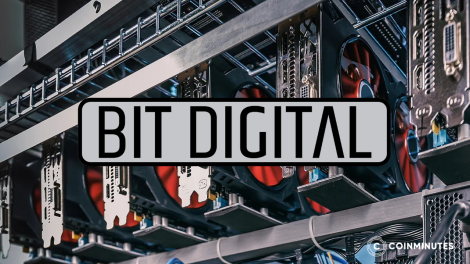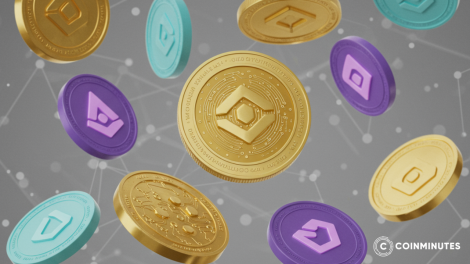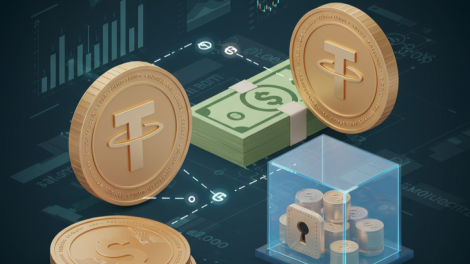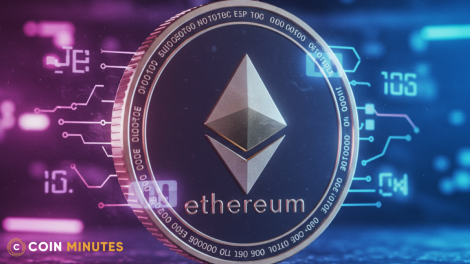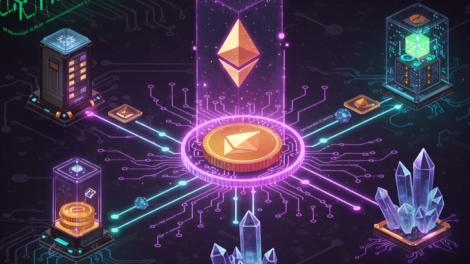What is Dogecoin? Explore the History of The First Memecoin and How It Works
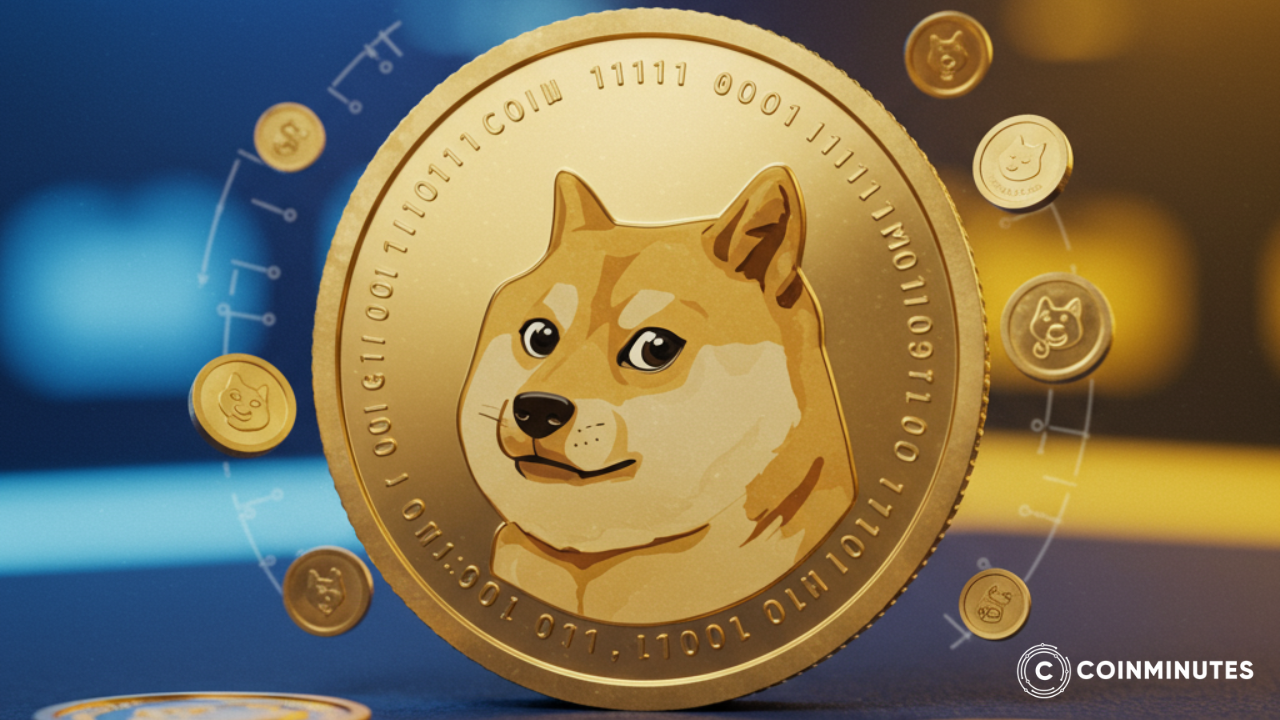
In a world filled with serious people trying to build the future of finance, someone, somewhere, decided to make a cryptocurrency based on a picture of a dog. A Shiba Inu, with bad grammar. They called it Dogecoin. It was meant to be a joke, a parody of the self-serious world of Bitcoin. Since then, the floodgates have opened. We’ve seen coins based on cats, frogs, political figures, and a thousand other dogs. It’s a chaotic, absurd, and wildly popular corner of the crypto casino. If you're wondering why anyone would buy this thing, you're in the right place. Let's get into this with CoinMinutes
What is Dogecoin?
Dogecoin (Doge) is an open-source, peer-to-peer digital currency. It was created as a parody—a fun, lighthearted alternative to the self-serious world of Bitcoin.
It is, for all intents and purposes, the original memecoin. It took the core idea of a decentralized currency from Bitcoin, but wrapped it in the friendly, approachable face of an internet meme. The goal wasn’t to overthrow the global financial system. The goal was to make people smile. The fact that it accidentally became a major financial asset is one of the strangest stories in modern finance.
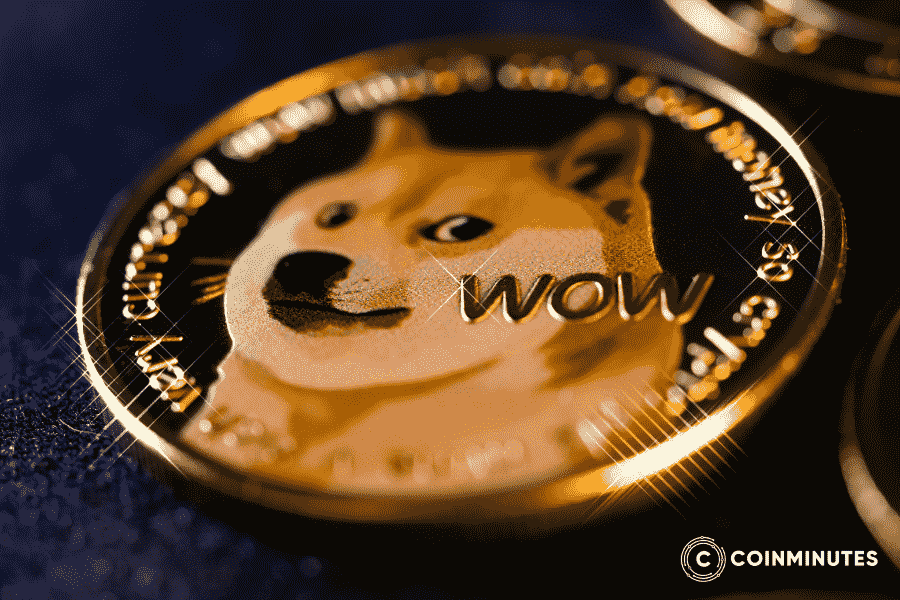
The official mascot is the Shiba Inu from the "Doge" meme. The community's catchphrase is "Do Only Good Everyday." It started with a spirit of fun and generosity, a spirit that still, against all odds, survives today.
The History of Dogecoin
The story of Dogecoin begins with two men who had never met in person.
-
Billy Markus: A software engineer at IBM in Portland, Oregon. He wanted to create his own cryptocurrency but had trouble marketing it.
-
Jackson Palmer: A product manager at Adobe in Sydney, Australia. He was a skeptic of the crypto hype.
In late 2013, Palmer jokingly tweeted about investing in "Dogecoin," combining the two biggest topics of the moment: cryptocurrency and the Doge meme. The tweet got some attention. He then bought the domain dogecoin.com and put up a simple splash page with the coin's logo.
Markus saw the site. He contacted Palmer. He said he could make the joke a reality. Using the publicly available code from another cryptocurrency called Litecoin, Markus created the Dogecoin blockchain. He gave it a few distinct features: a faster block time and a much larger supply.
The coin officially launched on December 6, 2013. Its popularity exploded almost instantly on internet forums like Reddit. Within two weeks, its value had increased by 300%. It became a tool for online tipping—a way to reward someone for a funny comment or a helpful post. The community was built on a foundation of not taking itself too seriously. That friendly, low-stakes attitude defined its early years.
How Does Dogecoin Work?
So what’s under the hood of this joke? How does it actually function as a cryptocurrency? The surprising thing about Dogecoin is that, technologically, it’s quite conventional. It didn’t reinvent the wheel. It just put a funny picture on it.
The Technology Behind Dogecoin
Dogecoin is what's known as a "fork" of a fork. Its codebase was originally derived from Litecoin (LTC), which itself was a fork of Bitcoin (BTC). This means it shares a lot of the same basic DNA as Bitcoin.
-
Proof-of-Work: Like Bitcoin, Dogecoin uses a Proof-of-Work (PoW) consensus mechanism. This means that "miners" use powerful computers to solve complex mathematical problems to validate transactions and add new blocks to the blockchain.
-
Scrypt Algorithm: However, instead of using Bitcoin's SHA-256 hashing algorithm, Dogecoin uses Scrypt, the same algorithm as Litecoin. Scrypt was initially designed to be more resistant to the specialized ASIC mining hardware that came to dominate Bitcoin mining, to allow more people to mine with regular computer GPUs. While ASICs were eventually developed for Scrypt as well, it remains a key technical difference.
-
Faster Block Times: The Dogecoin network is significantly faster than Bitcoin's. A new block is found on the Dogecoin blockchain approximately every minute, compared to Bitcoin's ten minutes. This allows for faster transaction confirmation times.
-
Inflationary Supply: This is a major difference. Bitcoin has a hard cap of 21 million coins. Dogecoin has no supply cap. After an initial supply of 100 billion coins was mined by 2015, the protocol was updated to issue a fixed reward of 10,000 DOGE per block forever. This means about 5 billion new DOGE are created each year. This makes it an inflationary currency, designed to encourage spending rather than hoarding as a store of value.
Dogecoin Mining
Mining Dogecoin is the process by which new coins are created and transactions are confirmed.
-
The Process: Miners around the world connect their computers to the Dogecoin network. They compete to be the first to solve the cryptographic puzzle for the next block. The winner gets to add the block to the chain and receives the block reward of 10,000 DOGE, plus the transaction fees from that block.
-
Merged Mining: A key feature that helps secure the Dogecoin network is "merged mining" with Litecoin. Because both networks use the Scrypt algorithm, miners can mine both Litecoin and Dogecoin simultaneously with the same work, without any loss of efficiency. This gives Dogecoin a much higher hashing power (a measure of network security) than it would have on its own, as it effectively piggybacks on the much larger Litecoin mining network.
Security and Network Features
Dogecoin's security model is essentially the same battle-tested model as Bitcoin's. It relies on the immense collective power of its decentralized network of miners to make the blockchain immutable and resistant to attack. Its faster block time and low fees make it well-suited for smaller, quicker payments. However, its inflationary nature means it is not designed to be a deflationary store of value like Bitcoin. It’s designed to be spent.
Why Did Dogecoin Become So Popular?
So, a simple, inflationary cryptocurrency based on a meme from 2013. Why did it become a global phenomenon with a market capitalization that, at its peak, was larger than that of many major corporations? It was a perfect storm of culture, celebrity, and human psychology.
The Role of Internet Culture
Dogecoin's popularity is a direct product of internet culture. It was born from a meme, and it thrives on the principles of virality.
-
The Meme Itself: The Doge meme—with its funny-looking dog and broken English phrases like "much wow" and "so scare"—was universally beloved. It was wholesome and absurd. This gave the coin an immediate, positive brand identity that was far more accessible and less intimidating than the complex, almost academic branding of other crypto projects.
-
Community and Identity: The early Dogecoin community on Reddit fostered a culture of fun, generosity, and not taking things too seriously. This created a strong sense of identity and belonging. Being part of the "Shibe Army" felt like being in on a fun inside joke, one that was open to everyone. This grassroots community was the foundation for everything that came later.
Influencer and Celebrity Impact
While the community built the foundation, celebrities poured gasoline on the fire.
-
The "Dogefather": No single person is more responsible for Dogecoin's explosion in popularity than Elon Musk. Starting in 2020, the Tesla and SpaceX CEO began tweeting about Dogecoin, often posting memes and making cryptic jokes about it. Every tweet, no matter how trivial, sent the price soaring and brought a massive wave of new attention to the coin. His appearance on "Saturday Night Live" in May 2021, where he mentioned Dogecoin multiple times, coincided with the coin's all-time high price. His continued association has cemented Dogecoin in the public consciousness.
-
Other Celebrities: Other figures like Mark Cuban and Snoop Dogg also publicly talked about Dogecoin, adding to the frenzy and lending it a strange sort of mainstream credibility.
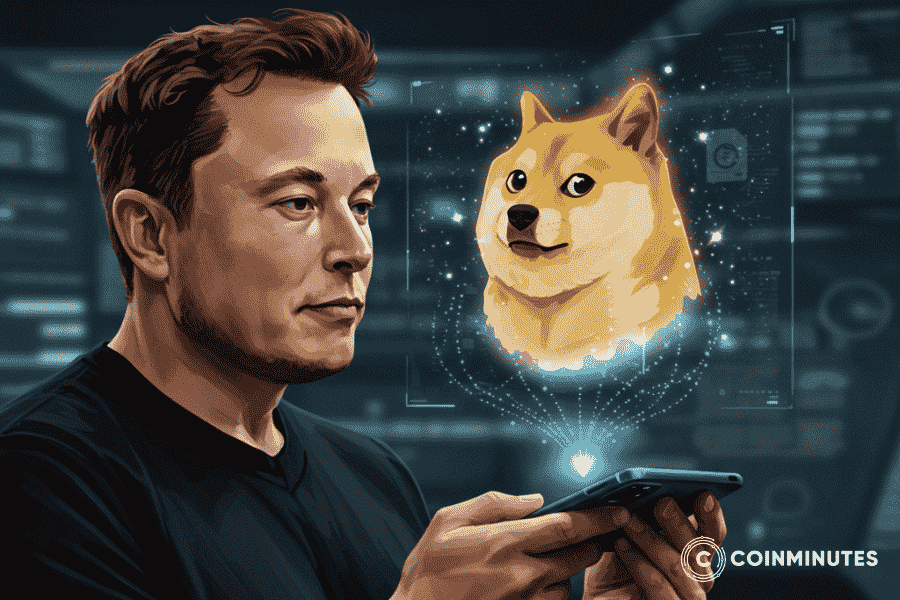
The “Fun Factor” and Accessibility
-
It Was a Joke: The fact that it started as a joke was, ironically, one of its biggest strengths. It felt less risky to newcomers. Putting $50 into "the funny dog coin" felt more like buying a lottery ticket than making a serious, stressful financial decision. This lack of pretension lowered the barrier to entry.
-
Low Price Per Coin: Because of its large supply, the price of a single DOGE has always been low. For a few dollars, a new investor could own thousands or tens of thousands of coins. This is psychologically more appealing than owning 0.0001 Bitcoin. It makes people feel like they are a "whale" in their own small way.
-
FOMO and Media Hype: Once the price started its meteoric rise, the mainstream media picked up the story. This created a massive feedback loop. News reports about Dogecoin's incredible gains led to a surge in Google searches and new buyers on platforms like Robinhood, which in turn pushed the price even higher, creating intense FOMO (Fear Of Missing Out) for those on the sidelines. The daily trading volume for DOGE exploded during these periods.
Practical Uses of Dogecoin
So, beyond the speculation and the memes, can you actually do anything with Dogecoin? For a long time, the answer was "not much." But as its popularity has grown, it has developed a few legitimate, if niche, use cases.
Payments and Microtransactions
This was its original intended purpose. Thanks to its fast block times (around 1 minute) and consistently low transaction fees, Dogecoin is technically well-suited for making small, fast payments. Sending a few dollars' worth of DOGE costs a tiny fraction of a cent, making it much more practical for microtransactions than networks like Bitcoin or Ethereum, where fees can sometimes be much higher.
Tipping and Content Creator Rewards
This is Dogecoin's legacy. It remains a popular currency for tipping content creators on platforms like Reddit and Twitter (X). It’s a quick and easy way to show appreciation for a good post, a funny comment, or a helpful piece of content. This use case perfectly aligns with the coin's fun and generous community ethos.
Charitable Giving and Fundraising
The Dogecoin community has a long and proud history of using the coin for charitable causes. From the Jamaican bobsled team in 2014 to funding water projects and animal shelters, the community has often rallied around fundraising campaigns. The low fees and ease of transfer make it a practical tool for collecting donations from a large, global group of people.
Merchant Adoption
While it's far from being universally accepted, a growing number of businesses have started accepting Dogecoin as a form of payment. This includes some big names.
-
Tesla: Elon Musk's electric car company accepts DOGE for the purchase of certain merchandise on its website.
-
Dallas Mavericks: Mark Cuban's NBA team accepts Dogecoin for tickets and merchandise.
-
Other Businesses: A variety of other companies, particularly online merchants, have integrated Dogecoin payments through processors like BitPay. While you probably can't buy your groceries with it yet, this growing merchant adoption gives the coin a degree of real-world utility beyond just speculation.
Is Dogecoin a Good Investment in 2025?
It's July 2025, and people are still asking if the funny dog coin is a good place to park their money. The short answer? No one knows. The longer, more honest answer is that "investing" is probably the wrong word. Speculating? Gambling? That’s closer to the mark.
Dogecoin is the king of the memecoins, and it lives and dies by the sword of hype. Its value is not tied to profits, or cash flow, or any new, groundbreaking technology. Its value is tied to attention. It’s tied to what Elon Musk might tweet tomorrow. It’s tied to whether the internet hive mind thinks it's funny this week. That makes predicting its price a fool's errand. You might as well be reading tea leaves.
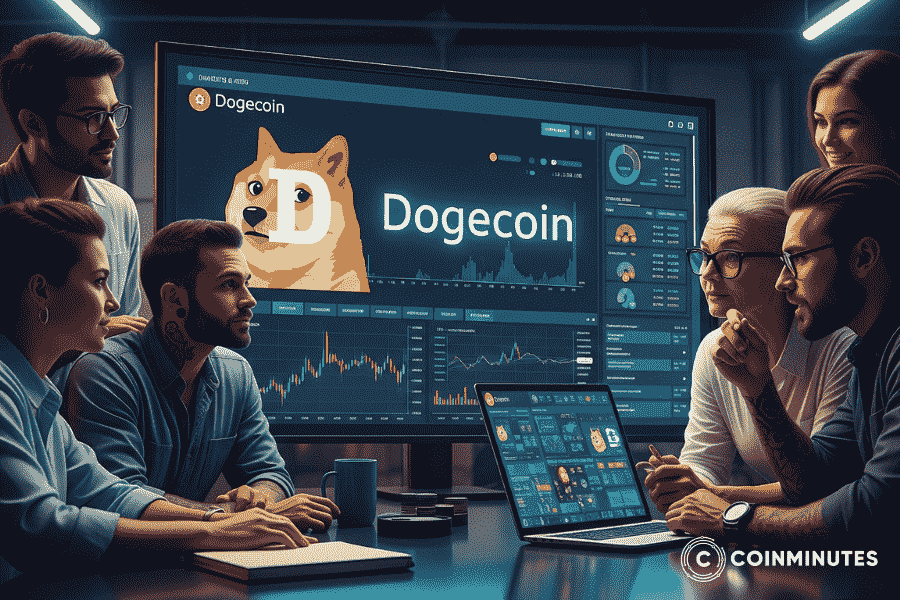
Let's look at the cold, hard facts:
-
The Supply: Dogecoin is inflationary. About 14.4 million new DOGE are created every single day. That's over 5 billion a year. To keep the price from falling, there needs to be a constant, massive inflow of new money just to absorb this new supply. That’s a heavy headwind.
-
The Reliance on Hype: The price history of DOGE is a series of dramatic spikes, almost always correlated with a news event, a celebrity tweet, or a broader market frenzy. These spikes are often followed by long, painful downturns as the hype fades. Can that hype be sustained forever? History says no.
-
The Competition: The memecoin space is now flooded with thousands of competitors, all fighting for the same pool of speculative attention. While DOGE is the original, its market share is constantly being challenged by the flavor of the month.
On the other hand, the coin has shown a baffling resilience. It has a massive, globally recognized brand. It has a huge and surprisingly loyal community. It's listed on every major exchange. It has the implicit backing of one of the world's richest men. It refuses to die. Some analysts will draw lines on a chart and tell you why it could surge 60% or more based on trading patterns. Others will tell you it's destined to return to its pre-hype price of a fraction of a cent. You can track its daily volume on sites like CoinMinutes and try to guess the next big move, but it's all just a guess.
So, is it a good investment? As a serious, long-term store of wealth, the fundamentals argue against it. As a high-risk, speculative bet on the power of memes and the whims of a billionaire—well, that's a bet you have to decide if you're willing to make. Just don't bet the rent money on it.
The Bottom Line
Dogecoin is a paradox. It’s a joke that became a serious financial asset. It’s a simple piece of technology that sparked a global cultural movement. It shouldn’t have survived, but it did. It shouldn't be worth billions, but it is.
It stands as a monument to the strange new world we live in—a world where a meme can have a market cap larger than a major airline, where community and a good story can create tangible value out of thin air. It’s the smiling dog, watching the whole mad world go by, having the last laugh.
 English
English
 Vietnamese
Vietnamese



